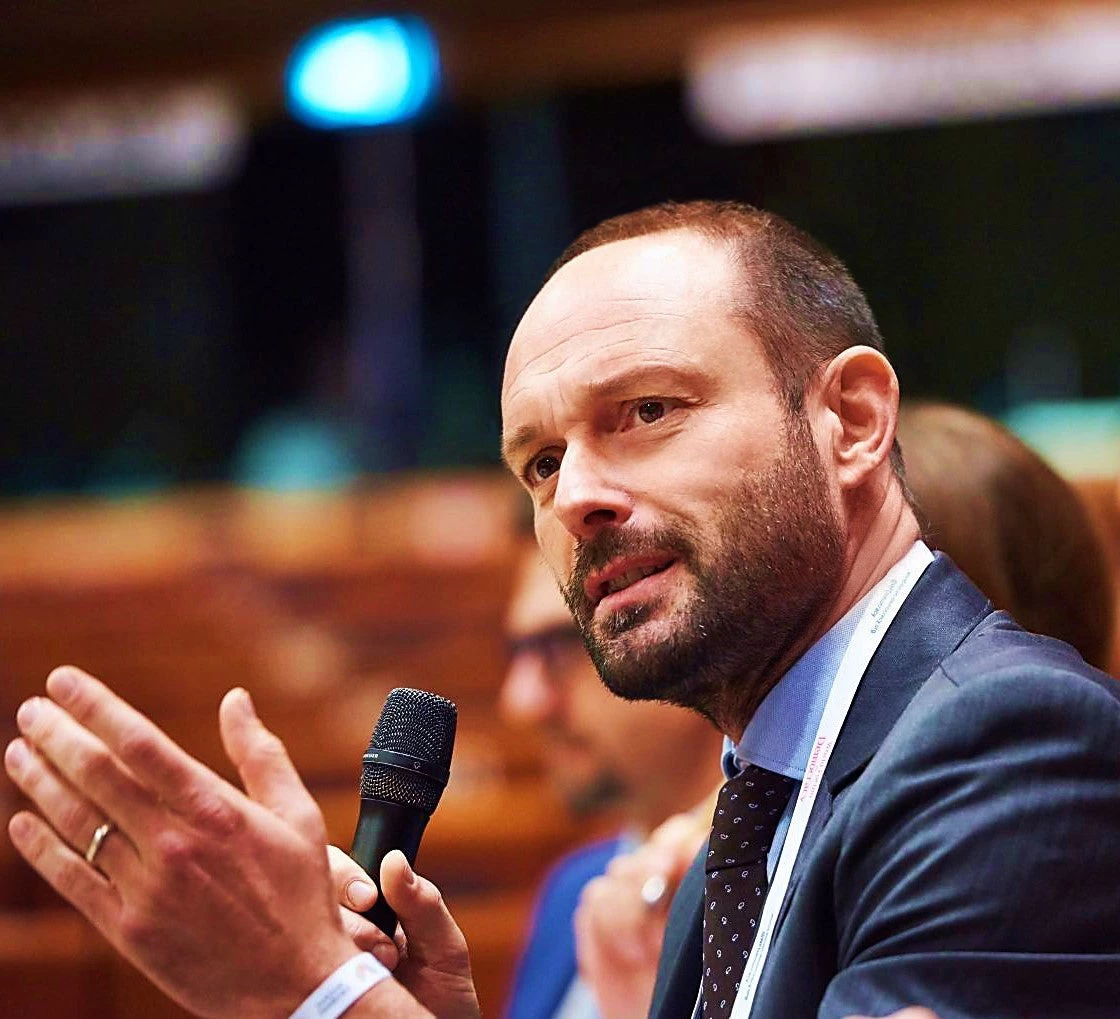Carbon governance—the institutional arrangements in place for mitigating greenhouse gas emissions—can vary considerably across countries. In Brazil, the financial community is actively interested in carbon trading, but Chinese banks have hardly any interest in it. In India, the Clean Development Mechanism (CDM) market is developed almost uniquely by domestic companies, while China relies extensively on foreign firms. And while the Chinese government takes an active interest in providing capacity to project developers, the Brazilian authorities see their role uniquely as guarantors of environmental integrity of emissions reductions projects. So, if carbon is the same everywhere, why is carbon governance so incredibly varied?
Over the past few months, the climate debate has moved steadily from questioning the existence and scope of climate change to implementing actual solutions. There has also been a parallel shift from a near-total focus on technology and finance to institutional issues. One example is the debate about the role of markets, regulation and taxation in providing incentives for mitigation. Another is the division of responsibilities between central and local governments in climate change policy more generally (the World Development Report 2010: Development and Climate Change delves into both of these issues). As with other policy problems which are often similar across countries (such as economic management, welfare provision, and security maintenance), local responses to climate change are often different, and mediated by complex and context specific values, actors, and historical paths.
A set of articles in the upcoming December issue of the Journal of Environment & Development (JED) shows how different carbon governance arrangements can be even when the problem (mitigation), and the overarching international regime facilitating it (the CDM) are the same. Professor Harald Fuhr was recently at the Bank to present the findings of a forthcoming JED article he co-authored with Markus Laderer (Varieties of Carbon Governance in the Newly Industrializing Countries).The article draws on studies of CDM implementation in Brazil, China, and India, countries that cover the three largest CDM markets in the world, both in terms of the number of projects and the amount of CERs generated. In addition to showing some striking results (the examples in the first paragraph of this post come from the draft), the article demonstrates the need for a better understanding of institutional arrangements for climate policy. Stay tuned for future posts on carbon governance by Prof. Fuhr and other experts.


Join the Conversation